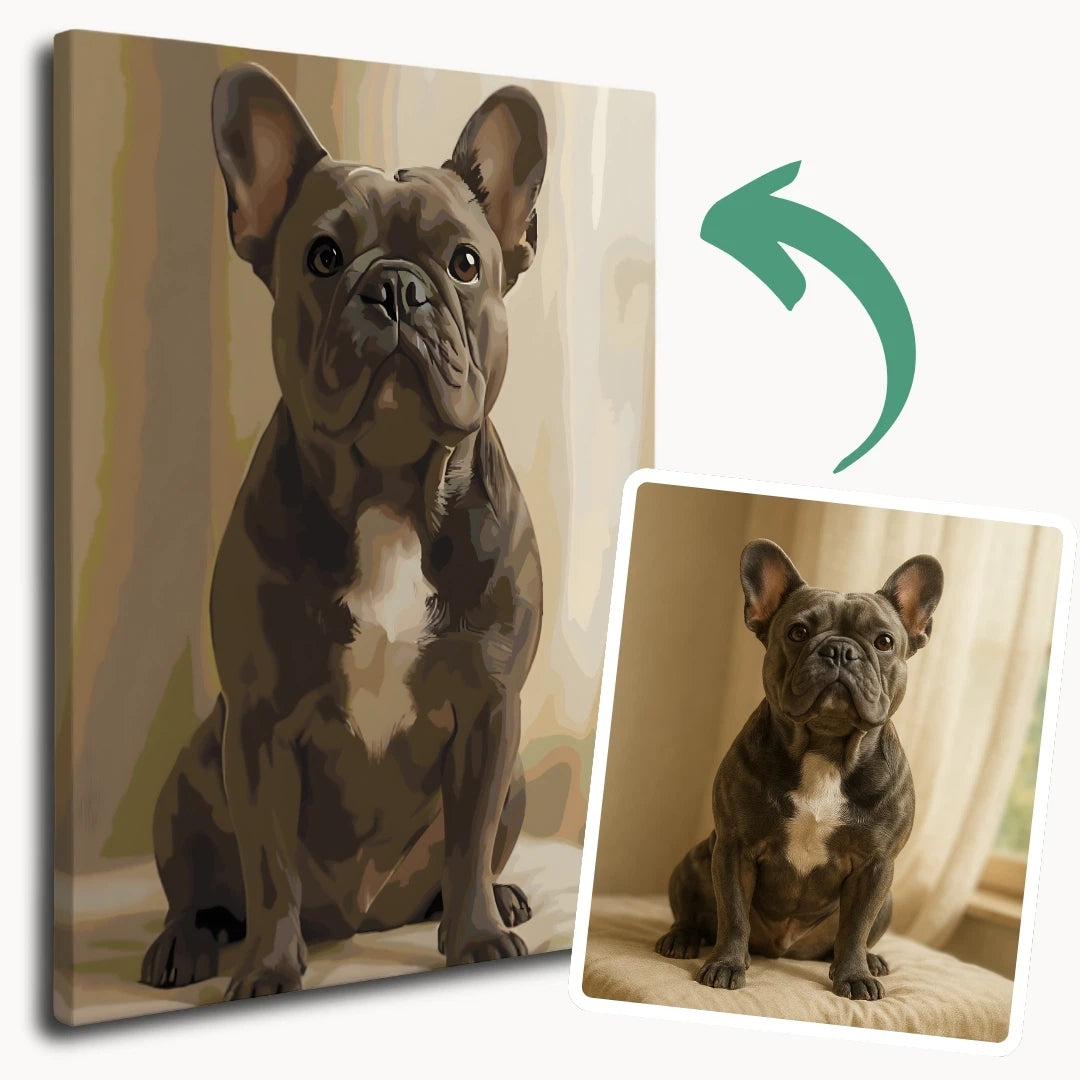1) Keep your paintbrush clean
- Keep your paintbrush clean. This means wiping off excess paint with a paper towel or newspaper. If you're switching colors, you can use a wet cloth to rinse the brush off—but be careful not to leave the brush too wet, as this will dilute the color. If possible, try to use a different brush for each color. Advanced paint by numbers techniques
- Don't re-dip your brush into the paint pot too often. Doing so increases the chance that dirt and dust will fall into it, which means those contaminants could show up in your painting later on! Instead of repeatedly dipping in and out of the same pot, it's better to transfer some paint onto a palette or paper plate first and work from there. You'll also preserve more of your paints if you do so because each time you dip into them again, they become thinner by virtue of being diluted by water/brushes/etc...

2) Learn how much paint to put on the brush
Tip 2: Learn how much paint to put on the brush. You’ll probably end up doing this by trial and error (see Tip 3). But it’s well worth learning the hard way that a little bit of paint goes a long way, especially when you are covering large areas. A magnifying glass can help you paint cleaner lines .
A word about blending: if you put too much paint on your brush to try to cover a large area in one go, the colors will blend together and you won’t get nice edges.
Try these techniques with our Paint by Numbers USA kits for a seamless experience.
3) Learn how to mix colors together
If you want to be good at painting, you should learn how to mix colors together. The primary colors are red, blue and yellow. Mix two of the primary colors together and you get the secondary colors: green, orange and purple. In addition to those six colors, there are six tertiary colors that result from mixing a primary color with an adjacent secondary color: yellow-green, blue-green, blue-purple, red-purple, red-orange and yellow-orange. check out our paint by numbers shop for more kits
You can use these basic rules of color mixing to make any color you like in order to create a more accurate painting.
4) Don't rush! This will prevent smearing.
-
Don't rush! This will prevent smearing.
Taking your time is incredibly important when it comes to painting. When you're painting something big, there's always the temptation to do things quickly. After all, your arm can only take so much! Be sure you don't rush anything, because otherwise your paint may smear or leave artifacting on the canvas. Taking your time will also allow you greater precision and control over what you're doing.
To avoid rushing through a painting session, try holding the brush in one place while taking a few seconds to admire what you've painted so far. Then move on after that and repeat until you find yourself ready for a break.

5) Take breaks often
- Taking breaks is a great way to avoid getting tired of painting.
- If you're working on a big project, make sure to give yourself mini-breaks. For example, after every couple of hours, take a short 15 minute break.
- A lot of times, when we do something for too long and everything starts to look the same or nothing is changing, it can be discouraging. So by taking small breaks, we get recharged and refreshed. At the same time, if you take too long between breaks, you might get bored with what you are doing and lose your inspiration/motivation. So remember to find a balance!
- Some things that would help you recharge during your break:
- Go for a walk in nature (if possible) or in your neighborhood or around your house—get some fresh air!
- Put on some music that inspires you and dance around—release all those creative juices!
- Stretch out your back and legs (especially if you've been sitting down painting)—it helps with blood circulation so that more oxygen gets delivered to the brain which results in clearer thinking.
- Make yourself some tea or coffee—the caffeine will give you an energy boost but remember not to overdo it since then it will affect sleep quality which affects mental clarity as well as how your body functions overall. Also don't forget to stay hydrated!
Paint by numbers is fun, but like anything else you learn, it can be improved with practice!
Paint by numbers is a great way to learn the fundamentals of painting. They’re easy, relaxing, and with a little practice you can produce some beautiful paintings!
Getting better at anything—be it painting, writing, or even your favorite sport—takes practice. Here are 5 tips and tricks for improving your paint skills.













